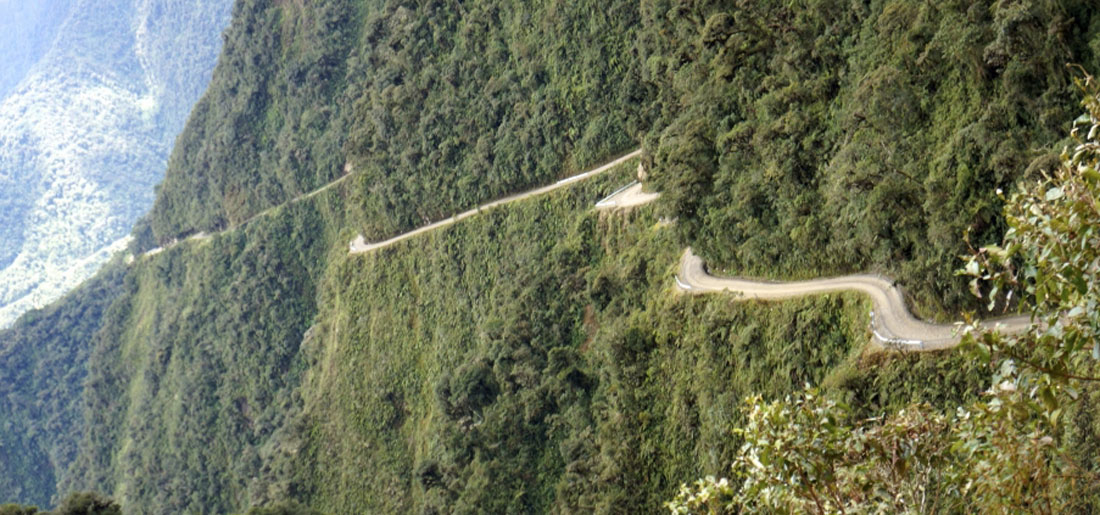April 15, 2016:Â After her visit to China, one of the many conclusions that my mum arrived at was that the Chinese don’t really need foreign tourists. They have got more than enough of their own to sustain their industry. Now, we can’t really afford that sort of sentiment given our numerical disadvantage vis-Ã -vis our northern neighbor but the government’s recent initiative ‘Ghumfir Barsa 2073’ to focus on domestic tourism is very welcome and, dare I say it, long overdue. In our country, talk of tourism and tourists has always been in the context of inbound tourism and never about leveraging our collective curiosity of the country’s geography.
It is often said of us that we are acutely aware of our country’s natural beauty, yet many of us have not traveled beyond the usual suspects of Pokhara, Chitwan, and Kathmandu. There are myriad reasons for it and, while the ‘ghumfir’ sentiment may be well placed, we are woefully unprepared to take advantage of it. Flagging off this initiative is one thing, but getting it to flourish and take off will be quite another cup of tea.
Apart from the places alluded to above, and perhaps with the addition of Lumbini, there are few other places/regions that can claim to even make a half decent income from domestic tourists. Our tourism industry – whether it caters to domestic or foreign tourists – suffers from the same old handicaps and, in the case of domestic tourism, some new ones.
Take for example our unique (and immensely frustrating) practice of a six day working week. You wake up on Saturday, potter around for a bit, and before you know it the day is over and you have to get back to the office. Where is the time then for some ‘ghumgham’? In order to make this initiative succeed, we really should come around to implementing a two day weekend. Moreover, many of the places in Nepal that are worth visiting aren’t really a short and smooth drive away. So taking a day off and combining that with a two day weekend would allow people the freedom to consider making a move outside to explore our country.
Yes, the government had trailed the two day weekend, but the excuses for non-implementation were rather flimsy to say the least. Then there’s the obvious administrative hassle of regulating the huge amount of holidays that we already enjoy. But this can be limited to a certain number of days (14-15 days) with employees given the discretion to choose their days off according to their religious or cultural dispensations.
It would help domestic tourism, not to mention boost our productivity. There is a growing trend among Nepalis to go on holiday (usually abroad) during Dashain and the government should take steps to see if some of that outbound traffic can be diverted inwards. The country doesn’t really ‘shut down’ during Dashain, as many people claim, because peak season for climbers/hikers often coincides with it and many parts of the country are really busy during that time.
The other challenges for domestic tourism (and tourism in general) are the age old and oft repeated problems of connectivity. Our air and road connectivity are appalling even by our rather low standards of safety and convenience. Air travel always carries with it an element of risk and the state of the roads ensures that you can’t drive to all the places you want to. The option for public transport, with all the syndication problems it suffers from, means fewer choices apart from the well-worn routes of Chitwan, Pokhara, and Kathmandu. Actually just getting out of Kathmandu by road is a huge problem due to our over reliance on the Prithvi Highway and its frequently gridlocked traffic.
You don’t have to go very far to promote spending in domestic tourism either. A cycling movement is gaining impetus in urban centers (one of the few positives of the blockade) and being astride on two wheels is arguably the best way to explore our country’s natural beauty. The government should encourage this activity through their policies and infrastructure.
There is also good news on the investment front with a fair amount of cash coming in, but most of it is geared towards foreign tourism. There is a dearth of good and affordable accommodation for the cost conscious Nepali traveler in a lot of destinations. Apart from that, small little problems like lack of trained manpower, lack of IT connectivity in many ‘tourist’ areas, and the NTB’s seasonal political maneuverings still persist.
All things said, this still remains a good idea at a good time – piggybacking on the resilience and sentiment of the nation – to promote domestic tourism. However, more thought should be given to make it sustainable, and it shouldn’t be seen as a means to an end – a short term plan to kick start the industry for the eventual pursuit of the dollar.
Unlike our neighbors to the North and South, we can never hope to be self-sustainable in tourism. But the movement of people across the country will enable Nepalis to appreciate its beauty and understand its hardships and complexities. This will not only serve the tourism industry well but also help the country in the long term. And that can only be a good thing.
By Gunjan Upadhyay







